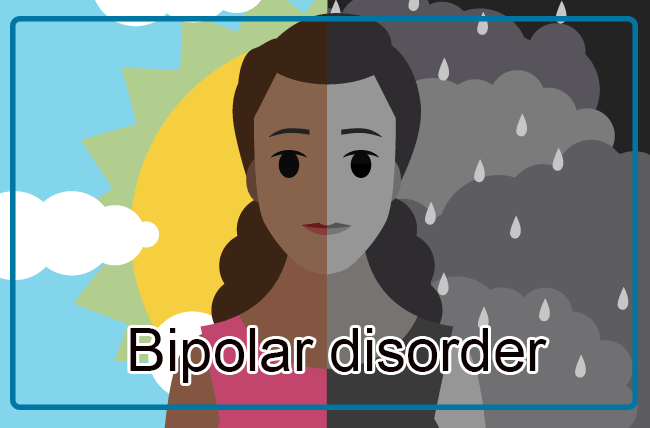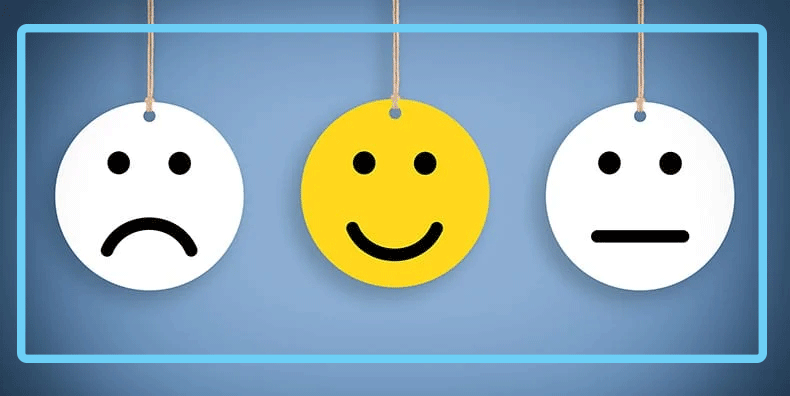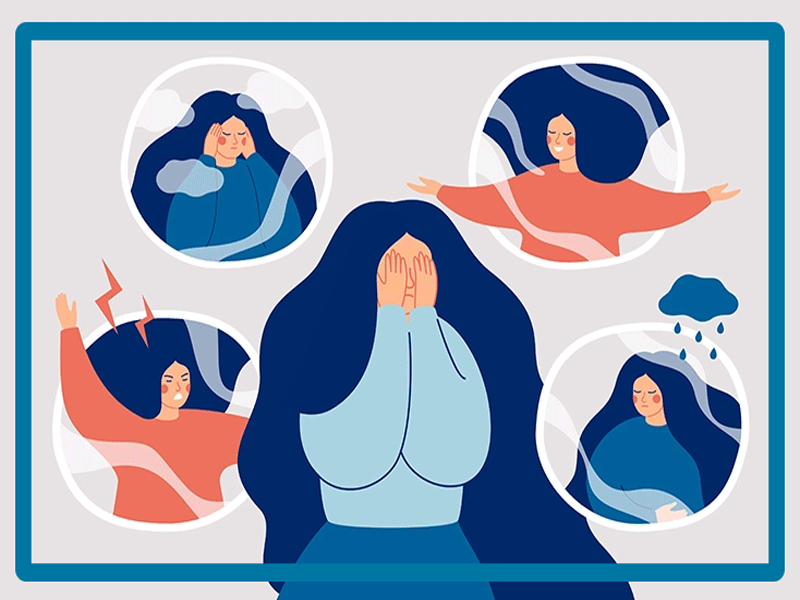Bipolar disorder, also known as magic depression, is a mental condition in which your mental status swings and features emotional ups and downs. In the other words, sometimes you may feel sad or hopeless and lose interest on the other hand sometimes your moods change and feel full of energy.
What is bipolar disorder?
Bipolar disorder is a kind of mental disorder marked by extreme mood changes. The most common symptoms of this disorder include:
Extremely elevated mood or episodes of mania
Episodes of depression or low mood
However bipolar disorder does not have any treatment, there are many effective ways to manage it.

what causes bipolar?
The exact cause of bipolar disorder is not clear. Yet, there are some disorders that may cause this disorder including:
Biological differences
Individuals with bipolar disorder may have physical changes in brains. These changes are probable to be the causes of bipolar disorder but the significance of these changes is still uncertain.
Genetics
If your first-degree relatives have had bipolar disorder, you may probably get this disorder too. Researchers are trying to discover some genes that may cause bipolar disorder.
Symptoms of bipolar people
Depending on the type of your disorder symptoms differ. Signs of bipolar disorder may include mania or hypomania. These sign cause unpredictable changes in mood and behavior.
Bipolar I
This kind of bipolar disorder has at least one manic episode that may be followed by hypomanic or major depressive episode.
Bipolar II
You have at least one major depressive episode and one hypomanic episode.
Cyclothymic disorder
In happens in teenagers and children. It is less severe than depression and it has many periods of hypomania.
Types of bipolar disorder
Bipolar disorder divides into different types. The most common types of bipolar disorder are as follows:
Bipolar I disorder
This kind of disorder is appearing when people have a manic episode which is followed by extreme increase in energy. On the other hand, some other people may experience depressive or hypomanic episodes and have neutral mood.
Bipolar II disorder
When people have at least one major depressive episode and one hypomanic episode, we can say they have bipolar II disorder. People who have bipolar II disorder seek treatment as a result of their early symptom as hypomanic episodes often feel pleasurable at workplace. Individuals with this disorder may have other mental disorders like anxiety, depression and ….
Specialists normally prescribe medication to treat this illness to stabilize mood depending on the symptoms you have. Each person’s symptom is different so if using medication is not effective, ECT may be used.
Cyclothymic
Milder form of bipolar disorder is called cyclothymic. This kind of disorder involves many mood swings. People with this disorder experience many ups and downs. Talk therapy and medication can be be the treatments of this disorder.
The good news is that the disease can be strictly controlled if the psychiatrist takes the right treatment, even in severe cases, and these people can live a normal life. It is interesting to know that many successful people in the world suffer from bipolar disorder and this is due to hypomania (mild state of mania) which causes high energy, creativity, self-confidence and high social performance in these people.

Diagnoses
Bipolar disorder is sometimes very difficult to diagnose because sometimes a person visits a doctor with no family history and only a simple depression. In this case unipolar depression is misdiagnosed and antidepressants are prescribed, the person switches to mania phase and has excessive energy. In this case, the person may be very satisfied with his condition, but those around the patient should inform the doctor immediately so that the doctor can stop taking previous drug and prescribe a new drug to treat bipolar disorder.
The most important way to diagnose bipolar disorder is through a clinical interview with a psychiatrist and a valid bipolar disorder test. During the visit, the psychiatrist obtains information about the patient, including the following, and makes a diagnosis based on it:
- Signs and symptoms of the person
- Individual family history
Other psychiatric illnesses that are often associated with mania and are very difficult to diagnose include:
- Panic disorder
- Obsession
- Overeating disorder
- Addiction
- Attention Deficit Hyperactivity Disorder
- Borderline personality disorder
Treatment
The best way to treat bipolar disorder is to use mood-stabilizing drugs. Drugs are prescribed depending on the doctor’s diagnosis and the phase in which the patient is.
Of course, your doctor may use a combination of psychotherapy and medication for treatment. If you are taking lithium medicine, your doctor will order a blood test and repeat the test every few months. If you have any side effects, talk to your doctor and never stop taking your medicine without your doctor’s advice.
Risk factors
Some factor increase the risk of bipolar disorder the most common of these factors are:
- Having first degree relative who has experienced bipolar disorder.
- Drug and alcohol abuse
- Having high stress due to the death of loved ones
Prevention
We have no certain method to prevent bipolar disorder. Nevertheless, getting treatment immediately after any symptom can prevent the development of this disorder. If you think that you have bipolar disorder, you can use some methods to prevent minor signs from becoming worse.
It is significant to pay attention to the warning signs and symptoms. If you diagnose any symptoms related to bipolar disorder call your doctor.
It is very important to take your medications regularly and not to stop using them without the doctor allowance.


